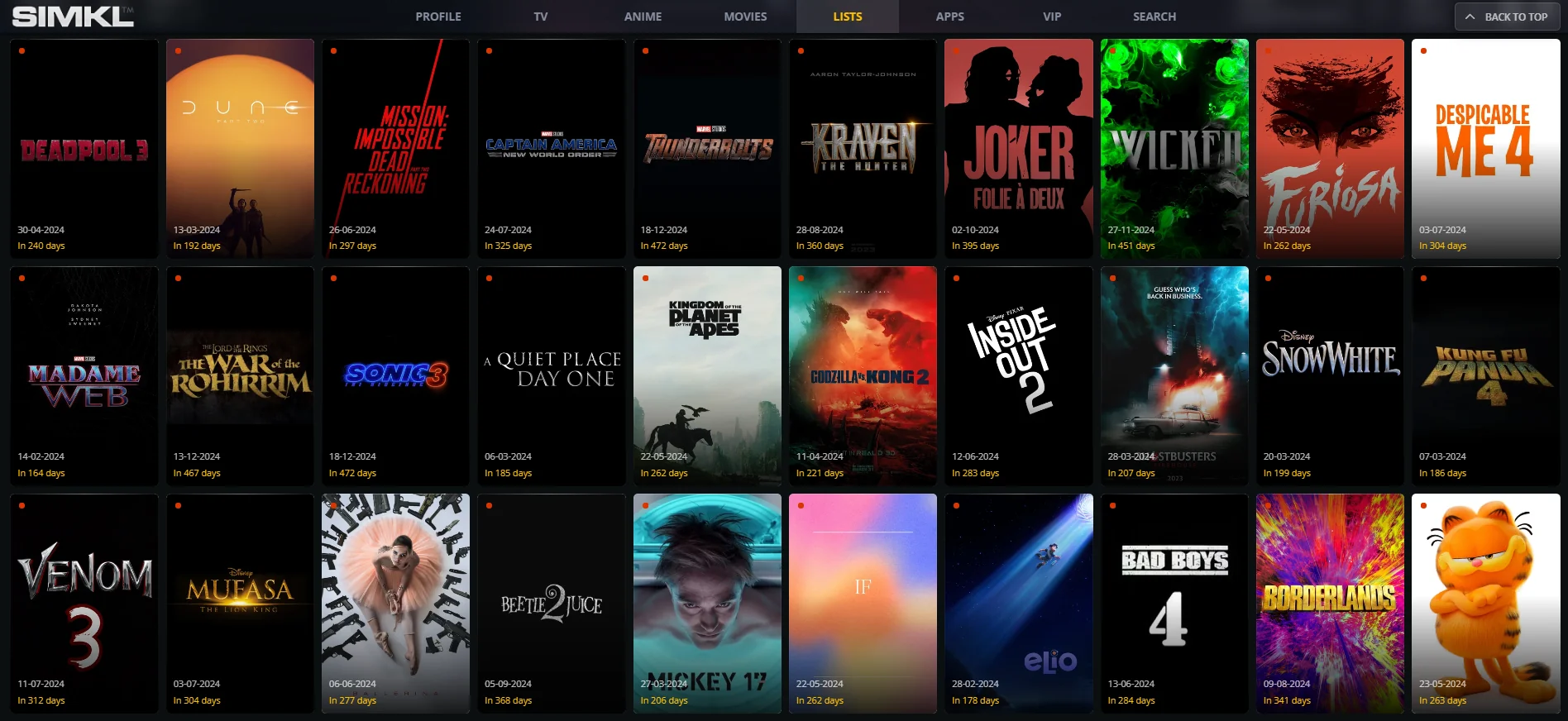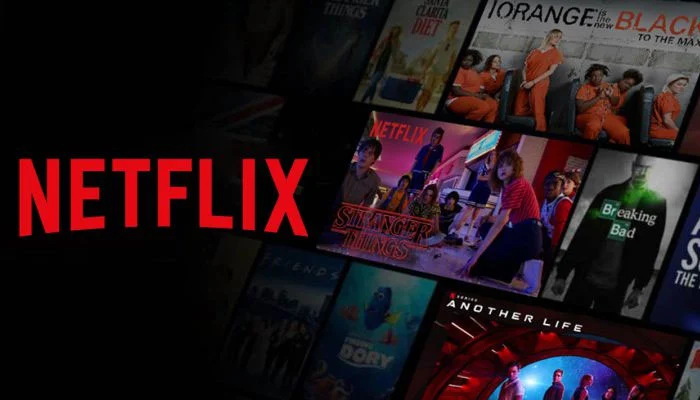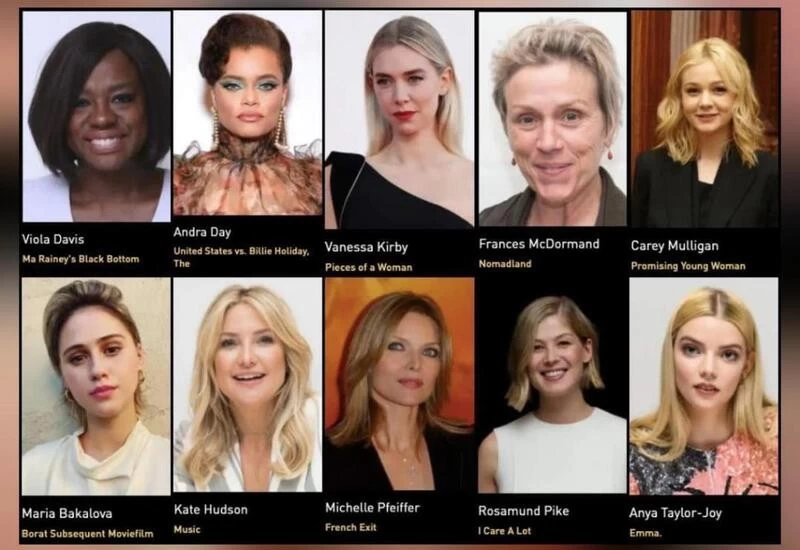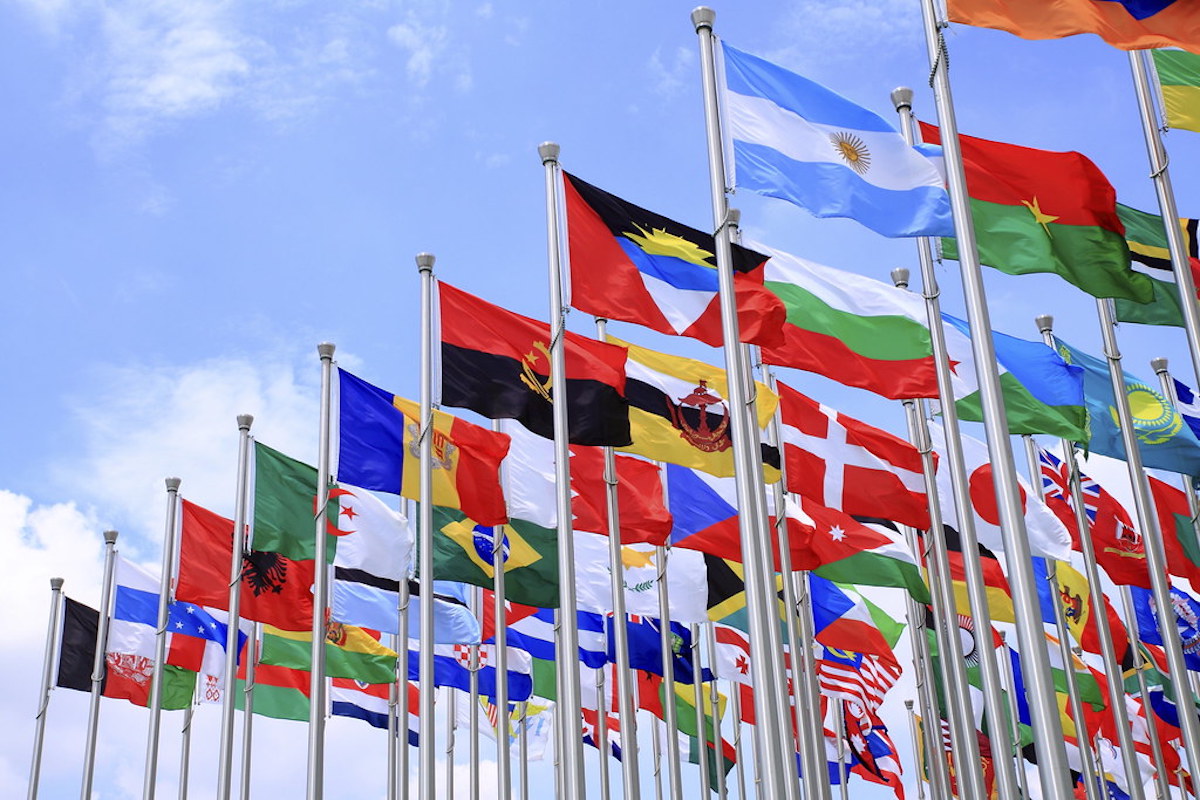Cinematography The Key to Crafting Captivating Visual Narratives
"Unlock Your Creativity: Crafting Captivating Visual Narratives That Wow! ?? Dive into the World of Stunning Imagery
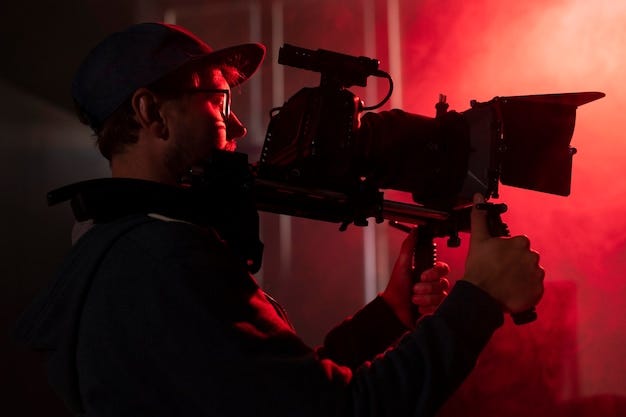
The Art of Visual Storytelling: Exploring the Role of Cinematography in Creating a Visual Narrative
Cinematography, often referred to as the language of film, plays a pivotal role in crafting a visual narrative that engages and captivates audiences. It is the art and science of capturing moving images on screen, utilizing various techniques and tools to convey a story, evoke emotions, and immerse viewers in a world of cinematic storytelling. In this essay, we will delve deep into the multifaceted world of cinematography, exploring its significance and the diverse ways in which it contributes to the creation of a compelling visual narrative.
Visual Language and Narrative
Cinematography is essentially the visual language of filmmaking. Just as words form sentences to convey meaning in literature, shots and sequences form visual narratives in cinema. Through the careful selection of framing, camera movement, lighting, and composition, cinematographers create a visual grammar that communicates emotions, themes, and plot developments to the audience.
Framing and Composition
The composition of a shot is one of the most fundamental aspects of cinematography. Cinematographers meticulously frame their shots to draw the viewer's attention to specific elements within the frame. The composition can reveal the relationships between characters, highlight objects of significance, or create a mood that enhances the narrative. For instance, a close-up shot of a character's face can convey their emotions and inner turmoil, while a wide-angle shot can establish the setting and context of the story.
Camera Movement
Camera movement is another powerful tool in the cinematographer's arsenal. Whether it's a slow tracking shot following a character's journey or a handheld camera providing a sense of immediacy, the movement of the camera influences how the audience perceives the story. A steady, static shot may imply stability and control, while a shaky, handheld shot can suggest chaos or tension.
Lighting
Lighting is often described as the paintbrush of cinematography. The way a scene is lit can drastically alter its mood and atmosphere. Cinematographers use lighting to create shadows, set the time of day, and emphasize certain elements within the frame. For instance, low-key lighting with deep shadows can create a sense of mystery, while high-key lighting can evoke a bright, cheerful mood.
Evoking Emotions
One of the primary functions of cinematography is to evoke emotions in the audience. Through the visual choices made by cinematographers, viewers can feel joy, sadness, fear, excitement, and empathy. The use of color, lighting, and camera angles can all contribute to the emotional resonance of a film.
?Color Palette
Color plays a crucial role in conveying emotions and themes. Cinematographers carefully select color palettes that align with the story's mood and message. For example, warm colors like reds and yellows can evoke feelings of passion or intensity, while cool colors like blues and greens can create a sense of calm or melancholy. The choice of color can also be used to symbolize character traits or changes in a character's arc throughout the film.
Lighting Techniques
The manipulation of light is a key component in creating emotional depth. For instance, a soft, diffused light can make characters appear more sympathetic and approachable, while harsh, contrasting lighting can create a sense of tension or unease. The interplay of light and shadow can reveal character motivations and inner conflicts without the need for explicit dialogue.
Setting the Tone
Cinematography is instrumental in setting the overall tone of a film. Whether a movie is a lighthearted comedy, a gripping thriller, or a somber drama, the visual elements contribute significantly to the audience's initial impression and expectations.
?Genre-specific Techniques
Different film genres often employ distinct cinematographic techniques to create the appropriate atmosphere. For instance, horror films frequently utilize low-lighting techniques, unconventional camera angles, and quick cuts to build suspense and fear. In contrast, romantic comedies may favor bright, cheerful lighting and soft focus to create a warm and inviting ambiance.
Symbolism and Visual Metaphors
Cinematographers often use symbolism and visual metaphors to reinforce the film's themes and motifs. These symbols can be conveyed through visual cues such as recurring images, objects, or framing choices. For example, in the film "American Beauty," the motif of a floating plastic bag becomes a powerful visual metaphor for the characters' search for beauty and meaning in their lives.
Progressing the Narrative
Cinematography is not merely about creating stunning visuals; it is also a storytelling tool. Cinematographers work closely with directors to choreograph sequences, determine shot sequences, and emphasize key plot points.
Continuity and Rhythm
Continuity in cinematography ensures that the visual narrative flows seamlessly. Cinematographers pay attention to details such as the positioning of actors and props, ensuring that they remain consistent from one shot to the next. This consistency creates a rhythm that helps the audience follow the story without distraction.
4.2 Highlighting Key Moments
Cinematographers use various techniques to highlight pivotal moments in the narrative. They may employ techniques like slow motion, close-ups, or extreme angles to draw attention to a character's realization, a plot twist, or a climactic event. These visual cues serve as narrative signposts, guiding the audience's emotional journey.
Immersion and Perspective
Cinematography has the unique ability to transport viewers into the world of the film, allowing them to experience events from different perspectives. The camera can be a passive observer, a character's point of view, or even an omniscient storyteller.
Point of View (POV) Shots
POV shots place the audience in the shoes of a character, enabling them to see the world from that character's perspective. This technique fosters empathy and a deeper connection with the character's emotions and experiences. For instance, a character's shaky POV shot can convey their fear, while a confident POV shot can convey their determination.
Bird's-Eye View and God's-Eye View
Cinematographers can also use high-angle and overhead shots to provide a different perspective on the action. A bird's-eye view shot can convey a sense of detachment or power, while a god's-eye view shot can symbolize fate or destiny. These shots add layers of meaning to the narrative.
In conclusion, cinematography is a cornerstone of filmmaking, serving as the visual language that communicates the story, emotions, and themes to the audience. Cinematographers wield a diverse array of tools, from framing and composition to lighting and camera movement, to craft a visual narrative that immerses viewers in the cinematic experience. Through the careful selection of visual elements, cinematographers evoke emotions, set the tone, progress the narrative, and offer unique perspectives, all contributing to the art of visual storytelling. As technology advances and the boundaries of cinematography continue to expand, its role in creating a visual narrative will remain essential, shaping the way we experience and connect with the world of cinema.
What's Your Reaction?














